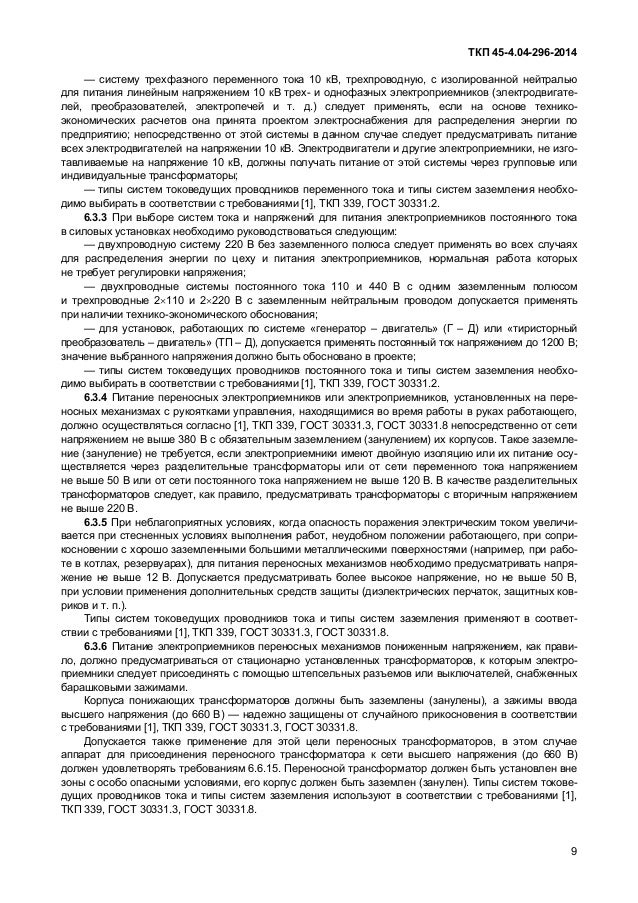
Tkp 45 201 111 2008 02250
Abstract In volcanically and seismically active rift systems, preexisting faults may control the rise and eruption of magma, and direct the flow of hydrothermal fluids and gas in the subsurface. Using high-resolution airborne imagery, field observations, and CO 2 degassing data on Aluto, a typical young silicic volcano in the Main Ethiopian Rift, we explore how preexisting tectonic and volcanic structures control fluid pathways and spatial patterns of volcanism, hydrothermal alteration and degassing.
T01097, eoi, Escherichia coli O111:H- 11128 (EHEC). T00830, ecz, Escherichia coli O45:K1:H7 S88 (ExPEC). Platinum notes 3 crack download free. T02799, kpj, Klebsiella pneumoniae JM45. T00454, maq, Marinobacter hydrocarbonoclasticus VT8. T02083, mhc, Marinobacter. T02250, apm, Alpha proteobacterium HIMB5.
A new light detection and ranging (lidar) digital elevation model and evidence from deep geothermal wells show that the Aluto volcanic complex is dissected by rift-related extensional faults with throws of 50–100 m. Mapping of volcanic vent distributions reveals a structural control by either rift-aligned faults or an elliptical caldera ring fracture. Soil-gas CO 2 degassing surveys show elevated fluxes (>>100 g m –2 d –1) along major faults and volcanic structures, but significant variations in CO 2 flux along the fault zones reflect differences in near-surface permeability caused by changes in topography and surface lithology. The CO 2 emission from an active geothermal area adjacent to the major fault scarp of Aluto amounted to ∼60 t d –1; we estimate the total CO 2 emission from Aluto to be 250–500 t d –1. Preexisting volcanic and tectonic structures have played a key role in the development of the Aluto volcanic complex and continue to facilitate the expulsion of gases and geothermal fluids. This case study emphasizes the importance of structural mapping on active rift volcanoes to understand the geothermal field as well as potential volcanic hazards.
INTRODUCTION Existing fault structures can play a significant role in the development of a volcanic complex, ultimately providing high permeability pathways for magma, hydrothermal fluids, and gas to ascend to the surface (e.g.,;;; ). Understanding how preexisting structures such as regional tectonic faults and caldera ring faults affect fluid flow to the surface is a major task in defining the evolution of rift zones and has important implications for mineralization, geothermal exploration, and the assessment of volcanic hazard. Recent work, specifically focused on hydrothermal venting and volcanic degassing (; ), has shown that while preexisting structures may control permeability at the edifice scale, at smaller scales these structural controls may be obscured by localized near-surface permeability variations.